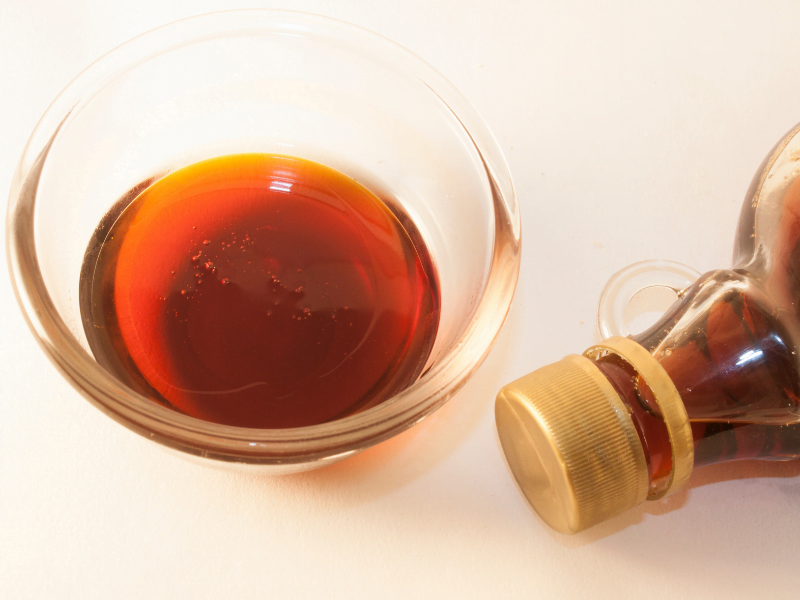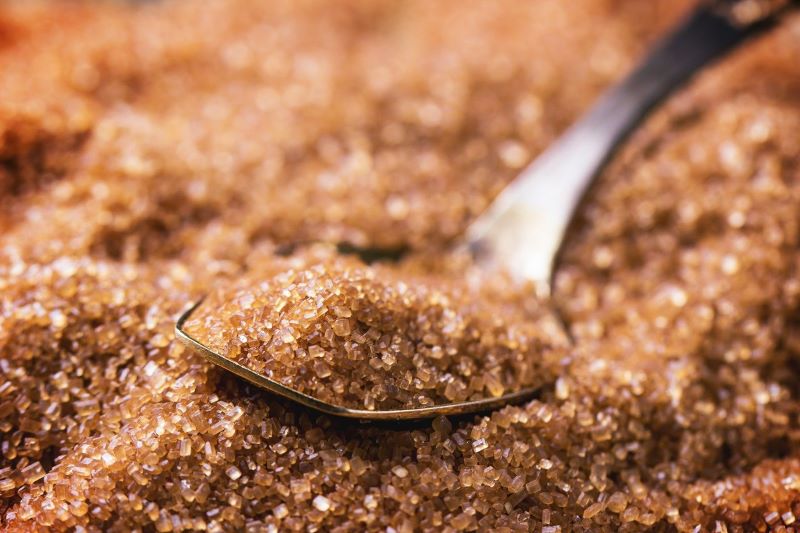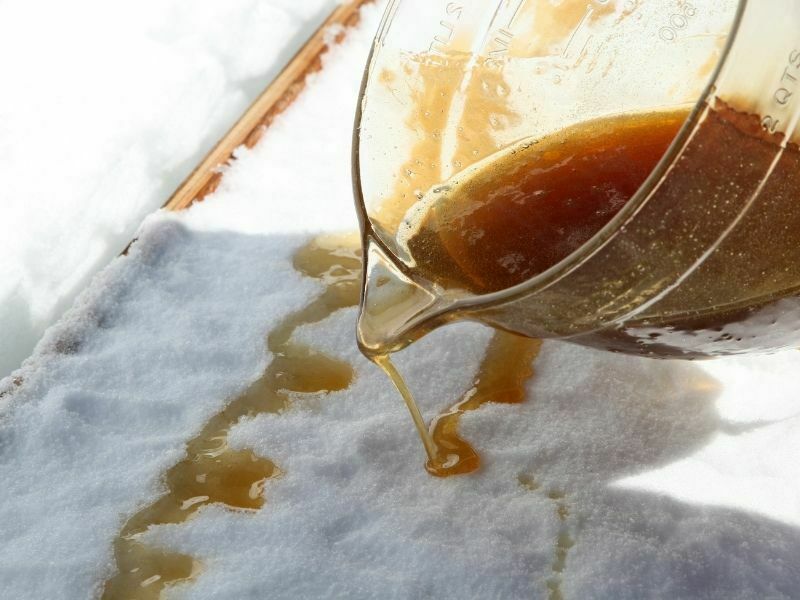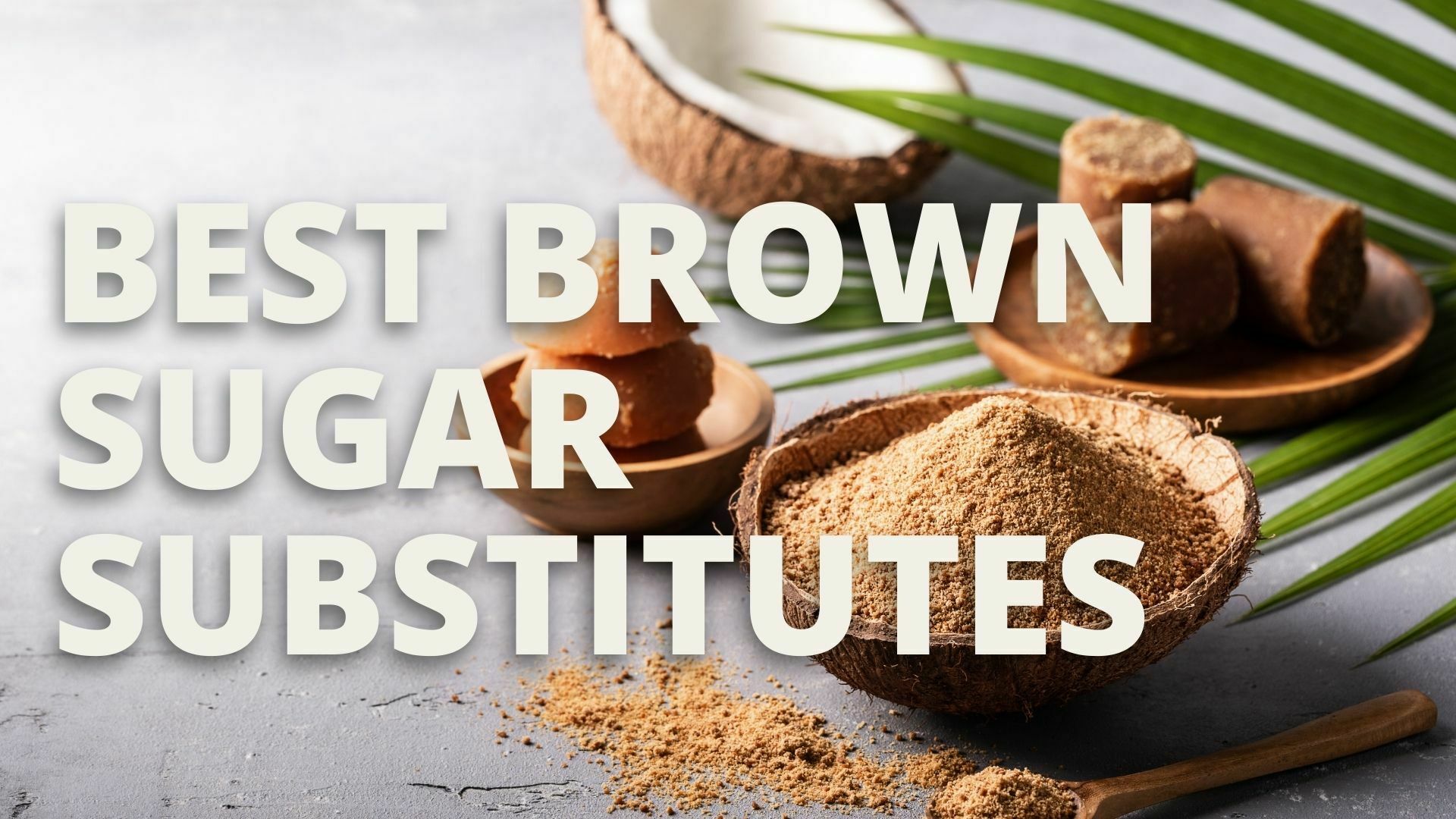Brown sugar is a very common ingredient in many recipes and foods. It’s used in baking, to flavor drinks and cocktails, and even to add depth of flavor to some sauces. But what if you’re trying to cut down on the amount of refined sugar in your diet? That’s when brown sugar substitutes come into play!
There are several options for substituting brown sugar in recipes, so whether you’re looking for a healthy alternative or just want to reduce your intake of refined sugars, here are some great ways to swap out brown sugar without losing any of the flavor or texture that it adds.
What Is Brown Sugar?
Brown sugar is a type of sugar that has been partially refined. It is made from whole cane sugar and has a coarse, light brown color. Brown sugar comes in two forms: light or dark (or demerara). Light brown sugar has a milder flavor than its darker counterpart, but both are used for baking and cooking.
Brown sugar has its own unique characteristics, though it’s often used interchangeably with white granulated sugar. The most notable difference between the two is texture: brown sugar tends to be coarser than white granulated sugar and can be somewhat sticky when wet.
Brown sugar also contains more moisture than white granulated sugar because of its higher content of molasses. It’s this extra moisture that gives brown sugar its characteristic softness and stickiness when wet.
13 Best Brown Sugar Substitutes
1. Maple Syrup
Maple syrup is one of the most popular options for replacing brown sugar. This can be substituted at a 1:1 ratio, but keep in mind that it will add a slight maple flavor to whatever you’re making (so if you don’t want that flavor, try another option!). You should also note that there are different grades of maple syrup—cheaper varieties may contain more water than others (and therefore not work as well as an equal amount of pure maple syrup).
2. Coconut Sugar
Coconut sugar is another sweetener that works well as a brown sugar substitute. It has less of an impact on blood sugar and fewer calories than other sugars, making it a smart swap. Coconut sugar comes in granulated and coarse forms, so you can use whichever you prefer.
3. White Sugar
A common substitute for brown sugar is white granulated sugar. You can use it to replace brown sugar in a 1:1 ratio, but it will not give you the same flavor as actual brown sugar. This can be a good option if you need to reduce your sugar intake or avoid cane sugar.
4. Make-Your-Own Brown Sugar
You can make your own brown sugar by adding molasses to granulated white sugar. The amount of molasses you add will affect the color and texture of your homemade brown sugar. For example, if you want something with a light golden color and soft texture, then use 1 tablespoon of molasses per cup of white granulated sugar. If you prefer something darker with a crispier texture, then use 2 tablespoons of molasses per cup of white granulated sugar.
5. Liquid Sweetener
Liquid sweeteners are sugar substitutes that come in liquid form. They are usually heated to convert them into a syrup-like consistency and then cooled before using them in recipes. Sweeteners such as honey, maple syrup, agave nectar, brown rice syrup, and molasses can be used as liquid sweeteners in cooking and baking.
6. Muscovado Sugar
Muscovado sugar is a partially refined cane sugar with a deep golden color and caramel flavor with hints of molasses. This type of unrefined cane sugar has a coarse texture that dissolves more slowly than white or brown sugars, so it works well for recipes where you want the texture of granulated or brown sugars without the sweetness they provide.
7. Turbinado Sugar

Turbinado sugar is natural, unrefined cane sugar. It has a light brown color and coarse texture. Turbinado sugar is the same thing as evaporated cane juice, which is often found in health food stores.
Turbinado sugar is a natural sweetener that’s similar to brown sugar in color and taste. It is less processed than regular granulated white sugar, which means it retains some of its molasses content. The grains are larger and have a more crystalline appearance than regular white sugar and therefore do not dissolve as easily when cooked. Turbinado sugar can be substituted for brown sugar in most recipes, or it can be used as an all-purpose sweetener in baking and beverages such as tea or coffee.
8. Date Sugar
Date sugar is made by grinding dates into a fine powder. It has a sweet flavor and caramel undertones that make it perfect for baking and cooking sweet treats. Date sugar can also be used as an alternative to brown sugar in many recipes; however, it has less moisture than regular brown sugar, so you may need to add extra liquid to your recipe when using date sugar instead of brown sugar. Date sugar can be found in most grocery stores in the baking aisle or in health food stores near dried fruits and nuts.
9. Palm Sugar
Palm sugar, also known as jaggery, is a form of unrefined sugar made from the sap of various species of palm trees. It is used in many South Asian and Southeast Asian cuisines and has recently gained popularity in Western cooking due to its high molasses content and rich caramel flavor. The taste is similar to brown sugar with a hint of caramel and butterscotch notes.
10. Maple Sugar
Maple sugar is natural a sweetener extracted from maple sap during the maple sugaring season which lasts from around March through June depending on the region. Maple syrup comes from the same trees but is collected during a different period of time (typically late winter). Maple sugar is sometimes called “raw” or “unprocessed” sugar because it hasn’t been subjected to heat or chemicals during the processing like regular white cane sugar.
11. Honey
Honey is another alternative that can be used in place of brown sugar. The two have similar properties and can be used interchangeably. However, honey will add its own unique flavor to your recipes so you may need to adjust the amount you use depending on how much sweetness you want in your recipe.
12. Agave Nectar
Agave nectar is a great option if you are looking for a vegan or healthier alternative to brown sugar. You can easily substitute agave nectar in equal amounts for brown or white sugar in your recipes, and it will have a similar texture.
13. Stevia
If you do not want to add calories to your baked good, stevia, an all-natural sweetener, is a great choice. You could use stevia in place of brown sugar in the same amount. However, if the task of cutting out calories is too much for you, you may want to consider agave nectar.
Conclusion
This article has discussed the various sugar substitutes that are available for those who want to avoid brown sugar. The best substitute for brown sugar is white granulated sugar, which can be used in a 1:1 ratio with brown sugar.
Brown sugar substitutes include maple syrup and molasses. Molasses is a byproduct of refined cane sugar production, while maple syrup comes from maple trees. Both of these products have their own unique flavor profiles and are not ideal replacements for brown sugar. Maple syrup is less sweet than granulated sugar and molasses can add a bitter taste to baked goods.
If you’re looking for the most authentic flavor profile when baking, stick with white granulated sugar as a substitute for brown sugar.
